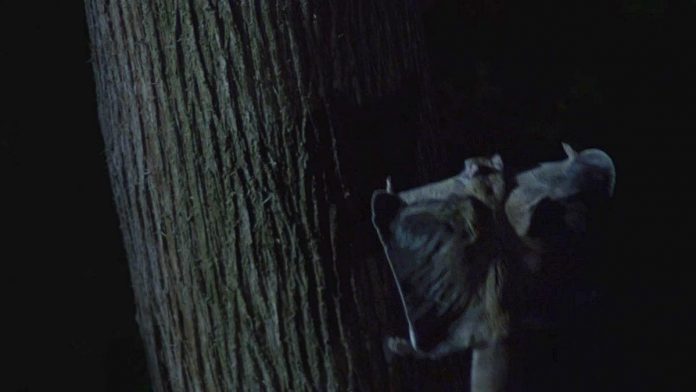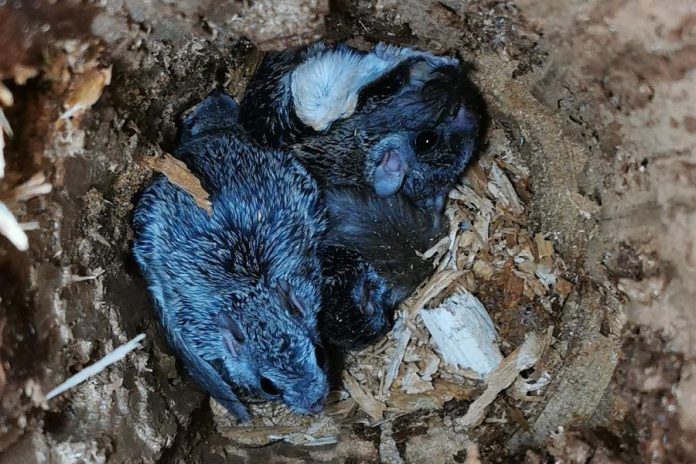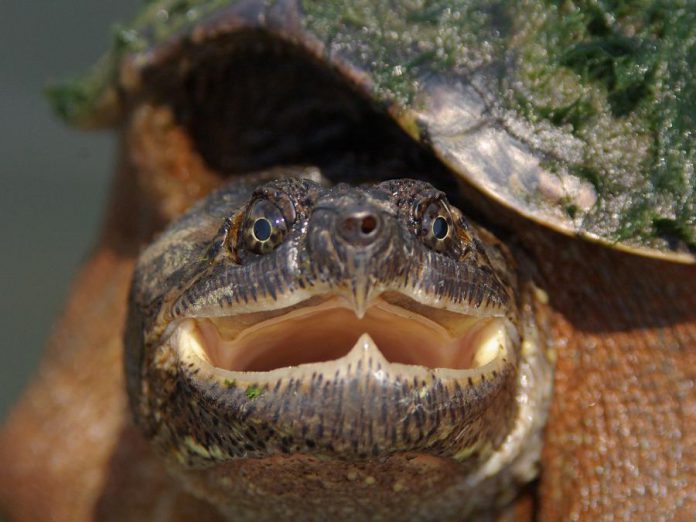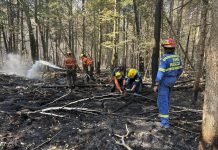
Winter can be a difficult season; the days are short, the skies can be overcast and grey, and the weather can keep us housebound.
This year, winter seems even more difficult as we continue our efforts to flatten the curve of COVID-19.
Sometimes we can feel stuck in winter. It can seem harsh, lifeless — like the full stop of all things green and good. It is no wonder this season is often associated with feelings of melancholy.
The truth is, winter is a beautiful, temporary pause that is full of life. Even now, the Kawarthas are full of activity, hope, and marvel.
Here are four wonders that winter has to offer. I hope they remind you that the difficulties we face now are momentary hardships we can bear together.
1. The flying squirrel cuddle puddle

You may recently have watched a new Nature of Things documentary on CBC called Wild Canadian Weather – Cold (you can watch it free on CBC Gem).
All about the wonders of winter in Canada, the documentary features a particularly adorable sequence about the amazing northern flying squirrel (glaucomys sabrinus).
As you watch Cold, you should know that the northern flying squirrel footage was all captured in Peterborough thanks to the amazing Kawartha Flying Squirrel Project based at Trent University. (Yes, the place we live really is that amazing and teeming with wildlife, and let’s keep it that way!)
“Flying squirrels are nocturnal, non-hibernating mammals,” explains Sasha Newar, a doctoral candidate at Trent University who is working on the Kawartha Flying Squirrel Project. “This means that flying squirrels have to wake up every cold, winter night to find food.”
VIDEO: “Cuddle puddle” to survive the cold
“Flying squirrels leave their winter nests to seek out food stores that they made during the summer months,” Newar adds. “Using excess skin between their arms and legs, flying squirrels can glide from tree to tree to find the places they’ve hidden food. By gliding, they save energy that they can use to keep warm while they travel around the snowy canopies.”
Even with their efficient gliding, being out on cold winter nights can really chill a tiny squirrel to the bone. Newar explains that flying squirrels have an adorable way to warm up:
“By the time they make it back to their nest with a full belly, they are joined by several other flying squirrels to form a warm cuddle puddle. Together — sometimes in groups as big as 50 — they generate enough body heat to comfortably sleep through another chilly, winter day.”
2. Sweetheart frog-cicles
Valentine’s Day is coming up, and there’s nothing sweeter than a heart full of sugar — literally.
You may be thinking of those cheesy candy hearts, but I’m talking about the real hearts and other vital organs of the northern leopard frog (Lithobates pipiens).

Right now, under the ice of rivers, creeks, and ponds, the organs of northern leopard frogs are concentrated with glucose (aka sugar) to prevent them from freezing.
How sweet is that?
Technically, northern leopard frogs are “brumating”, not hibernating. Hibernating animals go through the winter without waking, even if disturbed. Brumating animals, however, typically wake up at regular intervals to drink a bit of water, shift positions, and then go back to sleep.
3. Turtle bum-breathing
Currently, under the mud in wetlands all around Peterborough, turtles are hibernating.
To stay alive under all the ice and snow, turtles need some oxygen. They are buried, so they cannot use their lungs to exchange the gases in their blood vessels.

Instead, they have a neat trick that allows them to exchange gases through areas of their body where blood vessels are close to their skin. There is one area on a turtle’s body that is particularly good at this kind of “breathing” because it is quite rich in blood vessels — their bum.
In other words, turtles breathe through their bums to survive their frosty hibernation. (Technically, this is called “cloacal respiration.”)
Next time you are lucky enough to go for a winter walk near one of the amazing wetlands in the Kawarthas, just look down and imagine all the turtles bum-breathing underneath the ice and snow.
4. The sugar maple’s slumber
In winter, the sugar maples have withdrawn their sweet sap deep down into their roots, under the snow.
In a few months, when the weather is just right, these trees will begin pumping their sweet sap back up towards their branches.
You may already know that a typical sugar maple can produce about 40 litres of sap per season. But did you know that these sugar maples are capable of far heftier feats than transporting spring’s first sweet sap?

On a hot summer day, a mature sugar maple can lift as much as 200 litres of water from its roots up to the surface of its leaves. That’s a daily lift of 200 kilograms of water.
As you read this, maples and other deciduous trees are taking a well-deserved pause from this heavy lifting and their crucial role as the lungs of this planet.
I hope you too will take a pause and allow yourself to be inspired by the hope, activity, and joy all around us this winter.


























